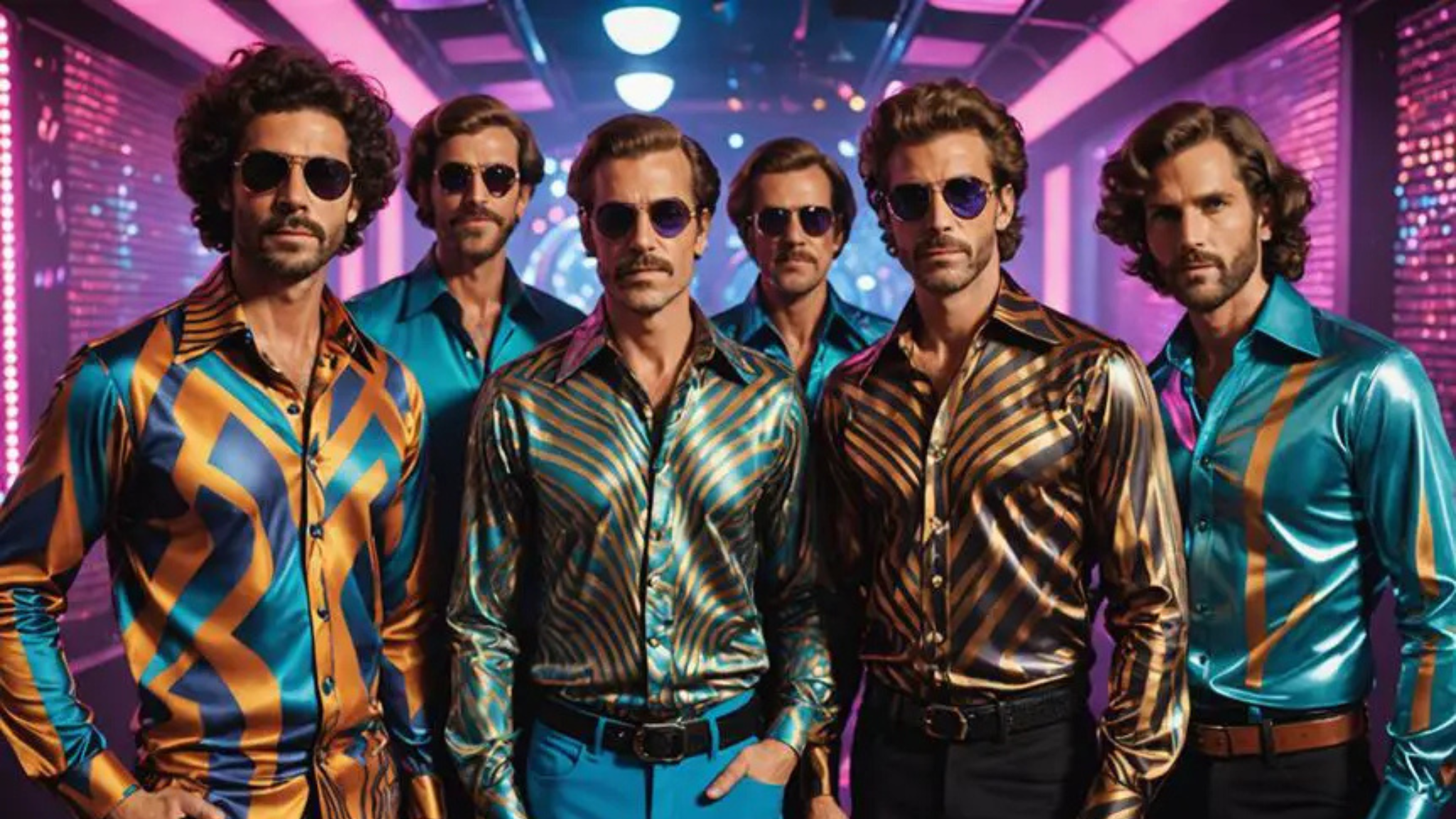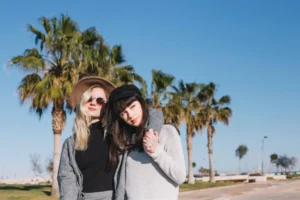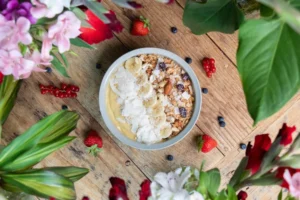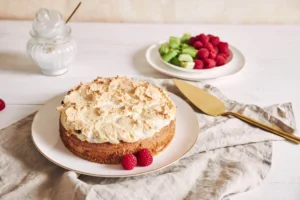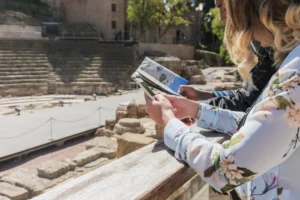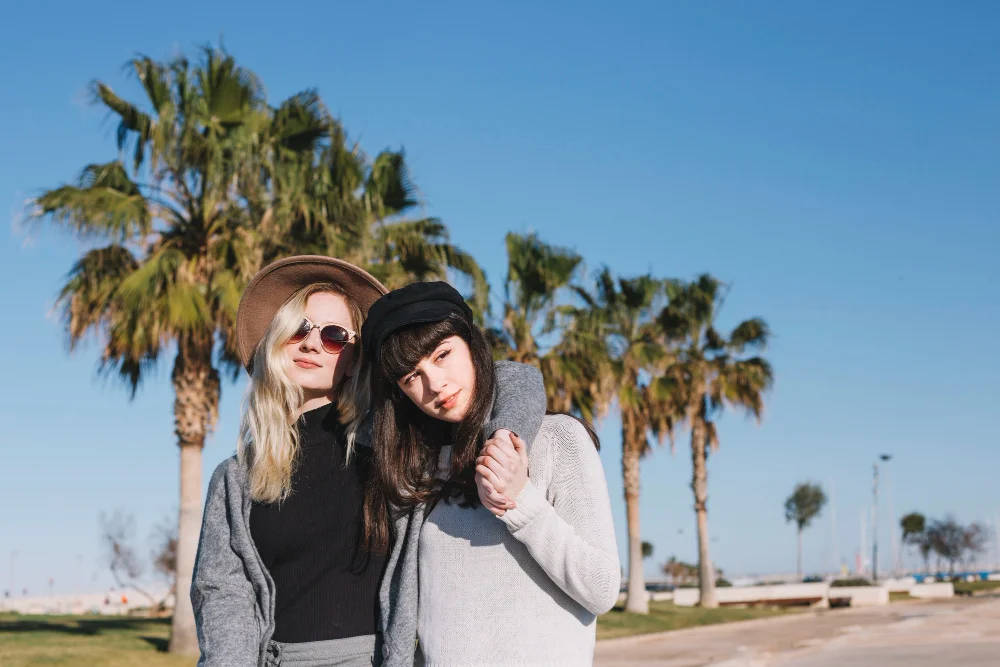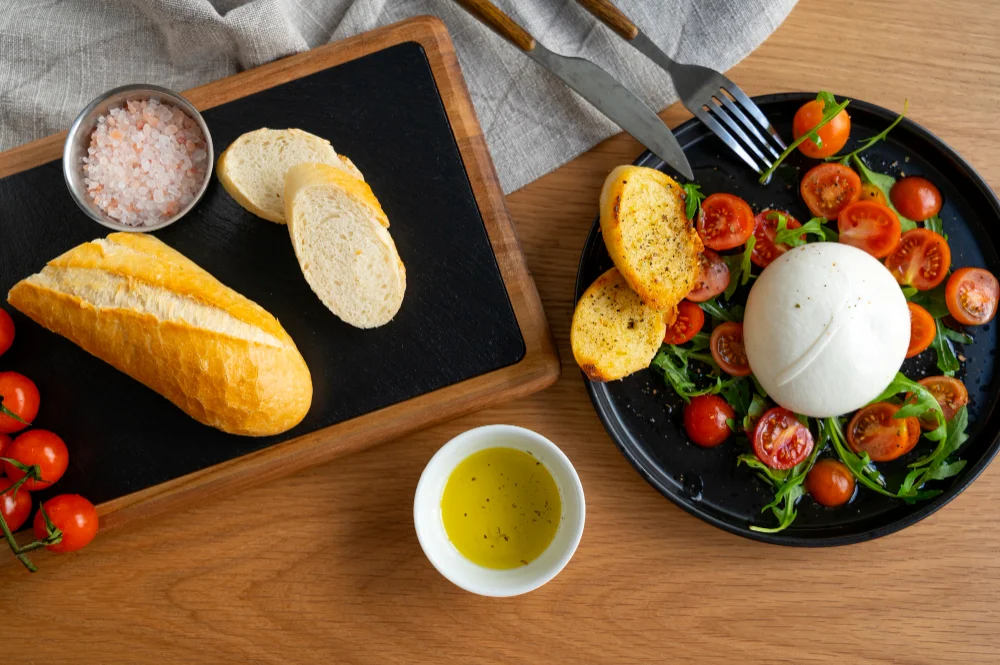1970s mens shirts paint a vibrant picture of an extraordinary era. Mods, hippies, peacocks, soul men, urban cowboys, and disco dancers created their own unique fashion identities. The decade revolutionized men’s fashion with everything from wild earth-tone patterns to flashy disco designs.
The scene belonged to button-down shirts with their signature huge collars. Knit variations brought comfortable alternatives through two-tone polos and rugby stripe designs. These styles burst into life with solid colors, paisley patterns, and distinctive stripes that created unprecedented variety in men’s fashion.
The sort of thing I love about these iconic shirt styles is how they define a generation. This piece explores the unique design elements that made the 1970s truly special. The famous long collar points and silky disco shirts showcase a groundbreaking decade in men’s fashion history.
The Rise of 70s Mens Shirt Styles
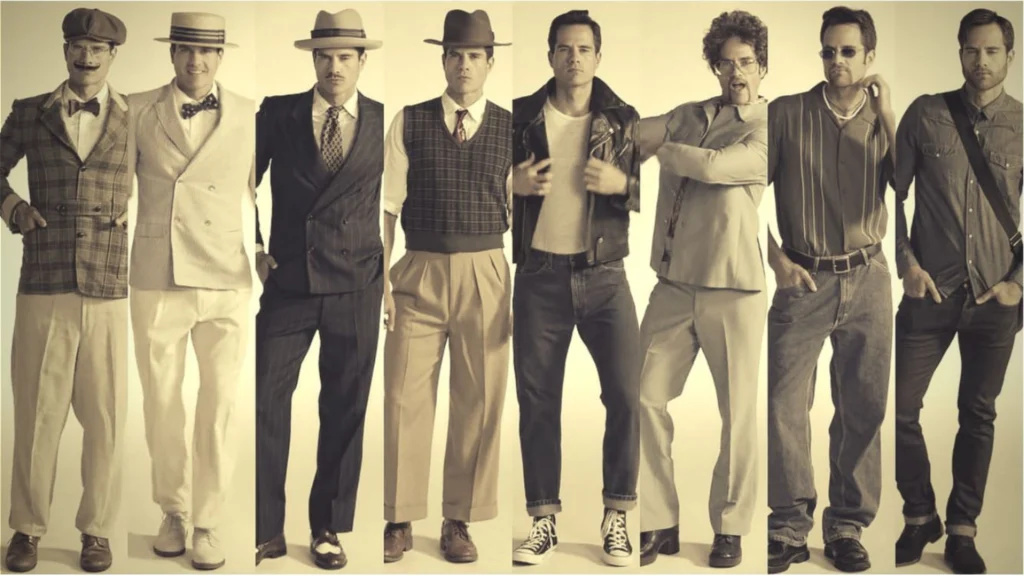
The early 1970s brought a dramatic move in men’s fashion. Clothing changed from tall, lean silhouettes to more expressive styles.
From conservative to expressive fashion
Men’s fashion went through remarkable changes that stemmed from personal expression. The style moved from conservative cuts to adventurous designs with fitted silhouettes and bold patterns. Satin shirts, velvet accents, and ruffled fronts became mainstream options as the decade welcomed experimental styles.
Impact of cultural revolution
The 1970s cultural landscape altered men’s fashion through music, cinema, and social movements. Disco culture created a sanctuary where people challenged traditional gender norms through clothing choices. Men added traditionally ‘feminine’ elements to their attire and broke down long-standing fashion barriers.
1970s Mens Shirts: Key style innovations
The decade brought several groundbreaking style elements that shaped 1970s mens shirts:
- Wide, unbuttoned collars worn over jacket lapels
- Psychedelic and floral prints on button-down shirts
- Satin finish materials for enhanced shine
- Earth-tone patterns and paisley designs
The fashion scene welcomed every style preference, from urban cowboys to soul men. Musicians and cinema icons made these trends popular. Artists like David Bowie and Mick Jagger showcased effeminate frilly blouses and bold fashion choices. This period made fashion more available and DIY-friendly for men from different socioeconomic backgrounds.
Essential 1970s Shirt Categories
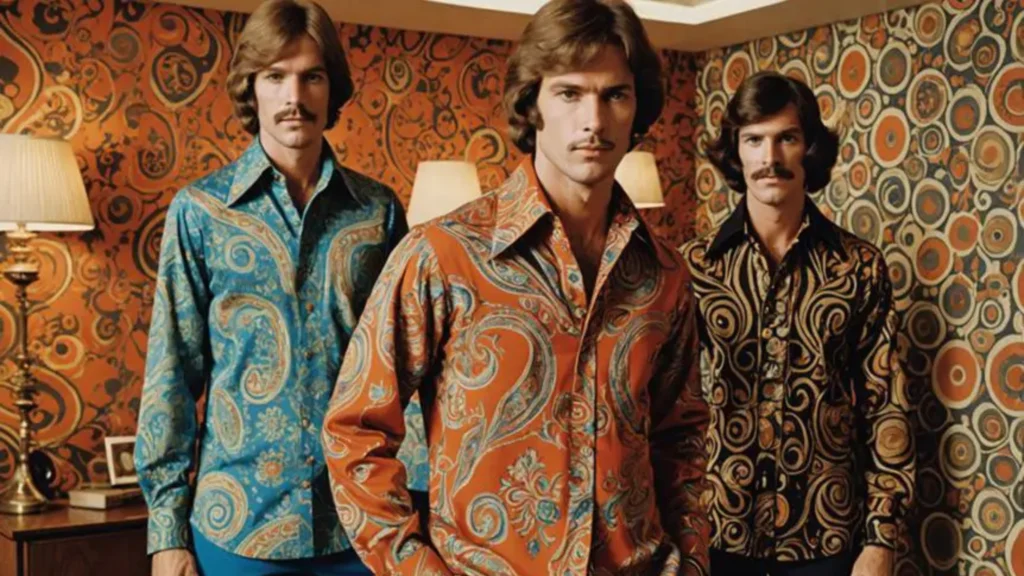
Men’s shirts in the 1970s fell into three distinct categories that reflected the era’s fashion revolution.
Button-down variations
Button-down shirts became versatile wardrobe staples with huge collars paired with solid colors and wild earth-tone patterns. These shirts featured polyester blends that provided both comfort and a polished appearance. The shift from traditional Oxford cloth to synthetic materials made these shirts more available and easier to maintain.
1970s Mens Shirts: Knit shirt development
Knit shirts brought an impressive range of styles to the fashion scene. Two-tone polo shirts ruled casual wear with their perfect blend of style and comfort. On top of that, the collection grew to include rugby stripe retro T-shirts and long-sleeved knit variations. Mock and turtleneck shirts added a sophisticated touch to the casual lineup and became go-to cool-weather options that worked well for both leisure and semi-formal occasions.
Disco shirt phenomenon
Disco shirts stood out as the decade’s most flamboyant fashion statement. These eye-catching garments featured:
- Flared sleeves for unrestricted movement
- Exaggerated collars that caught light under disco balls
- High-shine silky finishes
- Bold colors and flashy fabrics
These shirts incorporated floral designs and psychedelic patterns that captured the hedonistic spirit of disco culture. The dagger collar became a signature element that made these shirts stand out on dance floors across America. Polyester remained the favorite material thanks to its characteristic sheen and excellent drape qualities that made dancing more fluid.
Iconic Collar Designs
Collar designs defined 1970s menswear and broke away from the conservative styles of previous decades. The original designs featured longer and wider collars that became a perfect canvas for self-expression.
The birth of wide collars
Wide collars became the most essential style element that spread dramatically over jacket lapels. These bold collars showed up in eye-catching shades of blue and brown that captured the era’s daring fashion sense. Designers wanted to create the biggest visual effect possible, so they made these collars to be worn open and spread wide.
1970s Mens Shirts: Pointed collar variations
The pointed collar trend created several unique variations, each earning its cultural nickname:
- Dagger collars – characterized by sharp, elongated points
- Spread eagle collars – known for their dramatic wing-like spread
- Butterfly collars – named for their wide, symmetrical appearance
These collars became a huge part of disco fashion. Their exaggerated points sparkled under club spotlights. The classic button-down design went through major changes and ended up featuring traditional point or camp collar variations that worked well for both casual and formal occasions.
Men loved these collar designs because they were so versatile. Some tucked them into high-waisted trousers for a sharp look, while others left them untucked to stay casual. These distinctive collars became symbols of the era’s vibrant nightlife scene as the decade went on. They matched perfectly with disco culture’s electric energy.
The classic button-down style managed to keep its appeal toward the late 1970s but added softer, looser elements. This change reflected the fundamental move toward more comfortable, timeless looks that marked the decade’s final years.
Pattern and Color Revolution of 1970s Mens Shirts
Men’s shirts in the 1970s showed how society was changing through their colors and patterns. Men broke away from strict fashion rules and chose from many new designs that became the signature style of that decade.
Earth tone dominance
Browns, beiges, and neutral shades were everywhere in early 1970s shirts. These natural colors showed up in both casual and formal wear, especially in corduroy and knitwear. Black, white, and gray became popular choices for everyday clothes at the same time. People’s growing awareness of environmental issues showed up in this natural color scheme.
1970s Mens Shirts: Paisley and geometric prints
Men’s shirts turned into wearable art with bold patterns in the 1970s. The designs were amazing and included:
- Psychedelic prints featuring vibrant fuchsia and turquoise
- Floral motifs with eye-catching designs
- Geometric shapes in contrasting color combinations
- Paisley swirls in earth-tone suede finishes
These patterns meant more than just decoration – they showed the decade’s artistic movements and social changes. The mix of loud patterns and geometric shapes created unique looks that captured the spirit of that time perfectly.
Stripe variations
Stripes in men’s casual wear went beyond traditional designs. Polo shirts came in two-tone combinations that created a sophisticated sporty look. Retro T-shirts often featured rugby stripes, which gave them a relaxed yet refined style. You could find everything from subtle pinstripes to bold, contrasting bands that made strong fashion statements.
The 1970s men’s shirt patterns and colors often sparkled with metallic finishes. These flashy elements combined with pastel plaids and sequined details created a unique groove that defined the decade’s style.
Conclusion
Men’s shirts from the 1970s showcase more than fashion trends – they tell stories of cultural revolution and self-expression. The dramatic wide collars and bold paisley patterns reflect how men changed their approach to fashion during this era.
Three distinct shirt categories emerged in this decade. Button-down shirts with huge collars gave men versatility in their wardrobes. Knit variations added comfort and style to the mix. The disco shirts became the boldest statement pieces that captured the adventurous spirit of the times.
The decade brought earth tones, psychedelic prints, and striking geometric patterns that created new possibilities in men’s fashion. These design choices combined with innovative collar styles and synthetic materials made fashion more available to everyone. Designers created memorable looks that still inspire modern collections.
This golden era proved that men’s style could blend expression with practicality. Modern interpretations of these classic designs show that true style stands the test of time, even though the 1970s have long passed.

